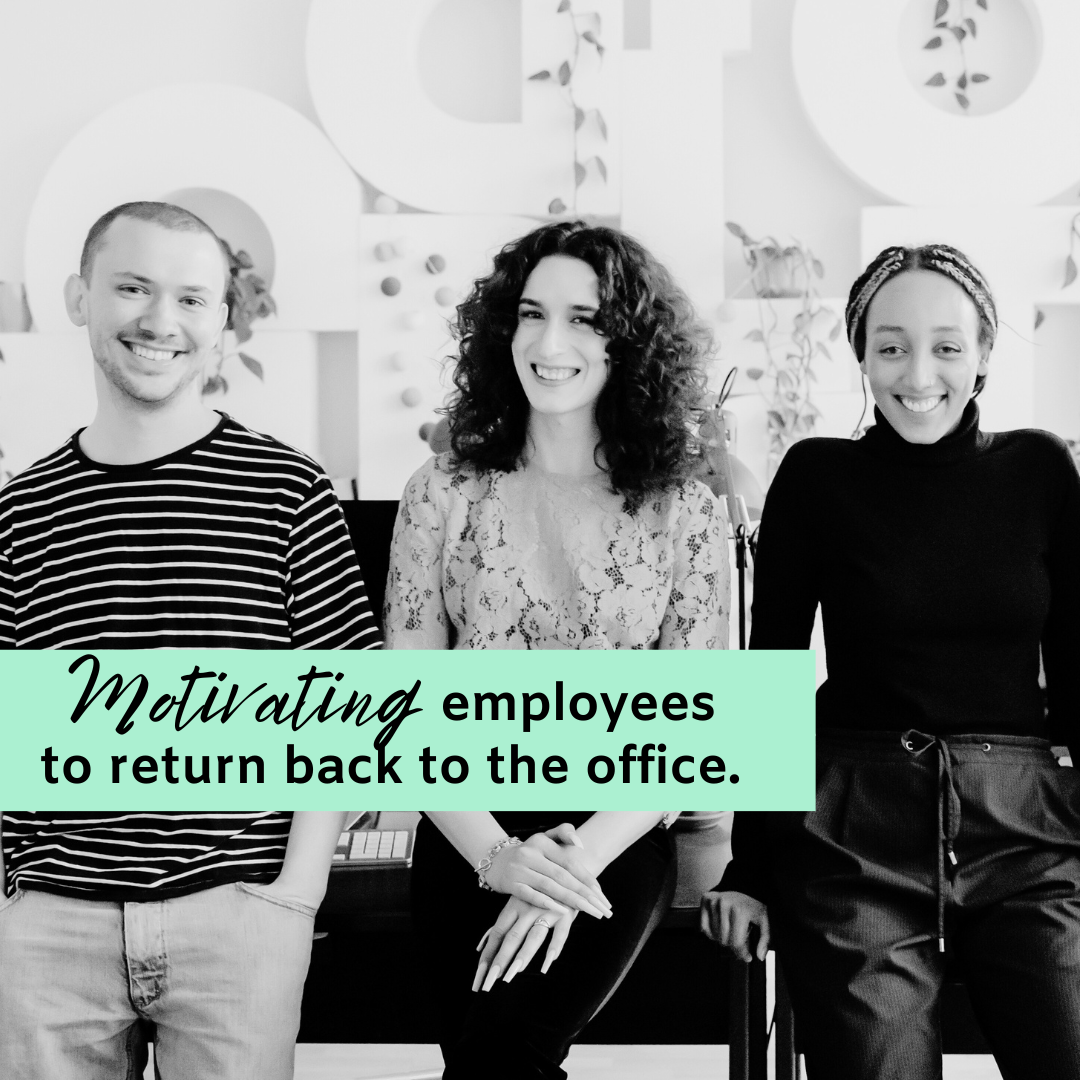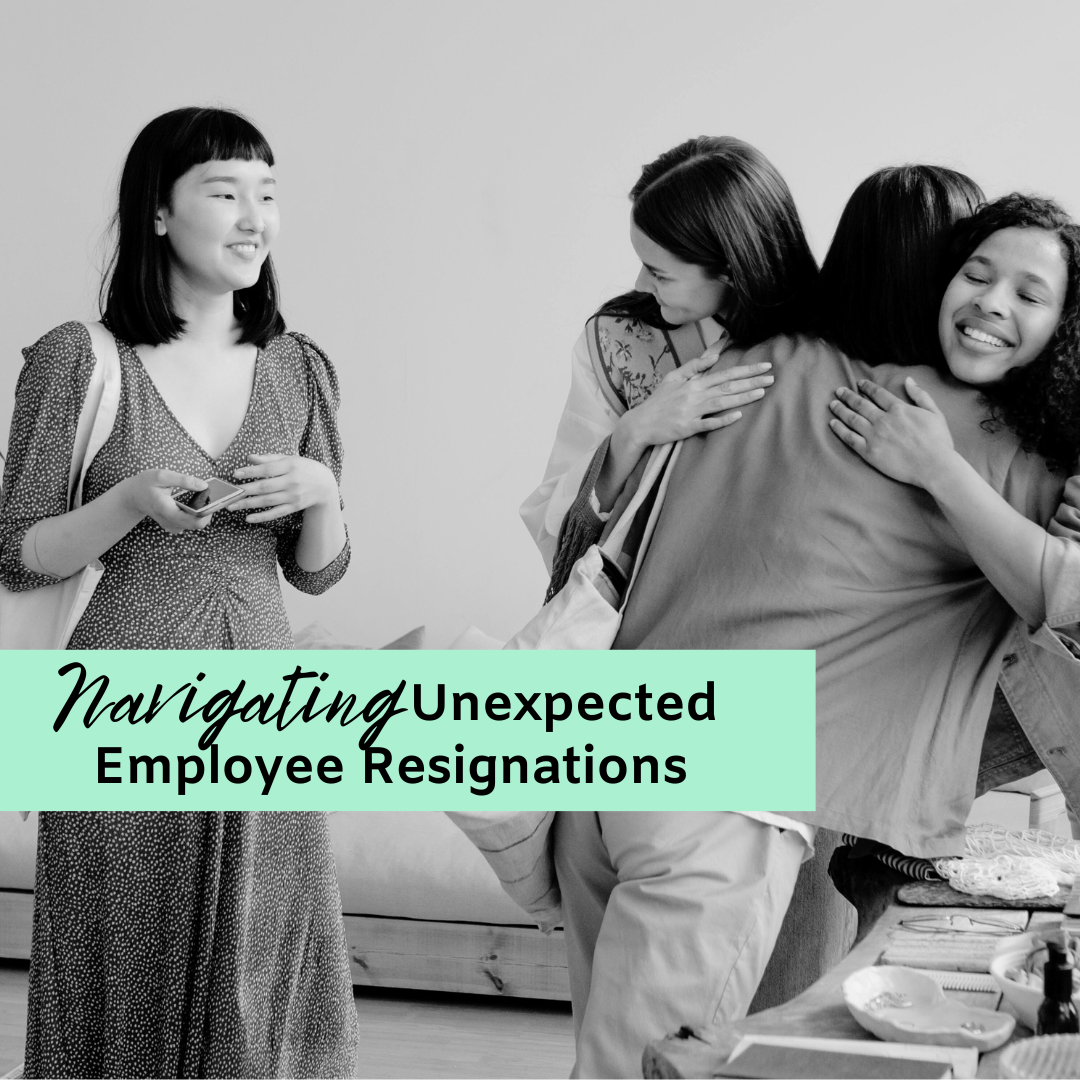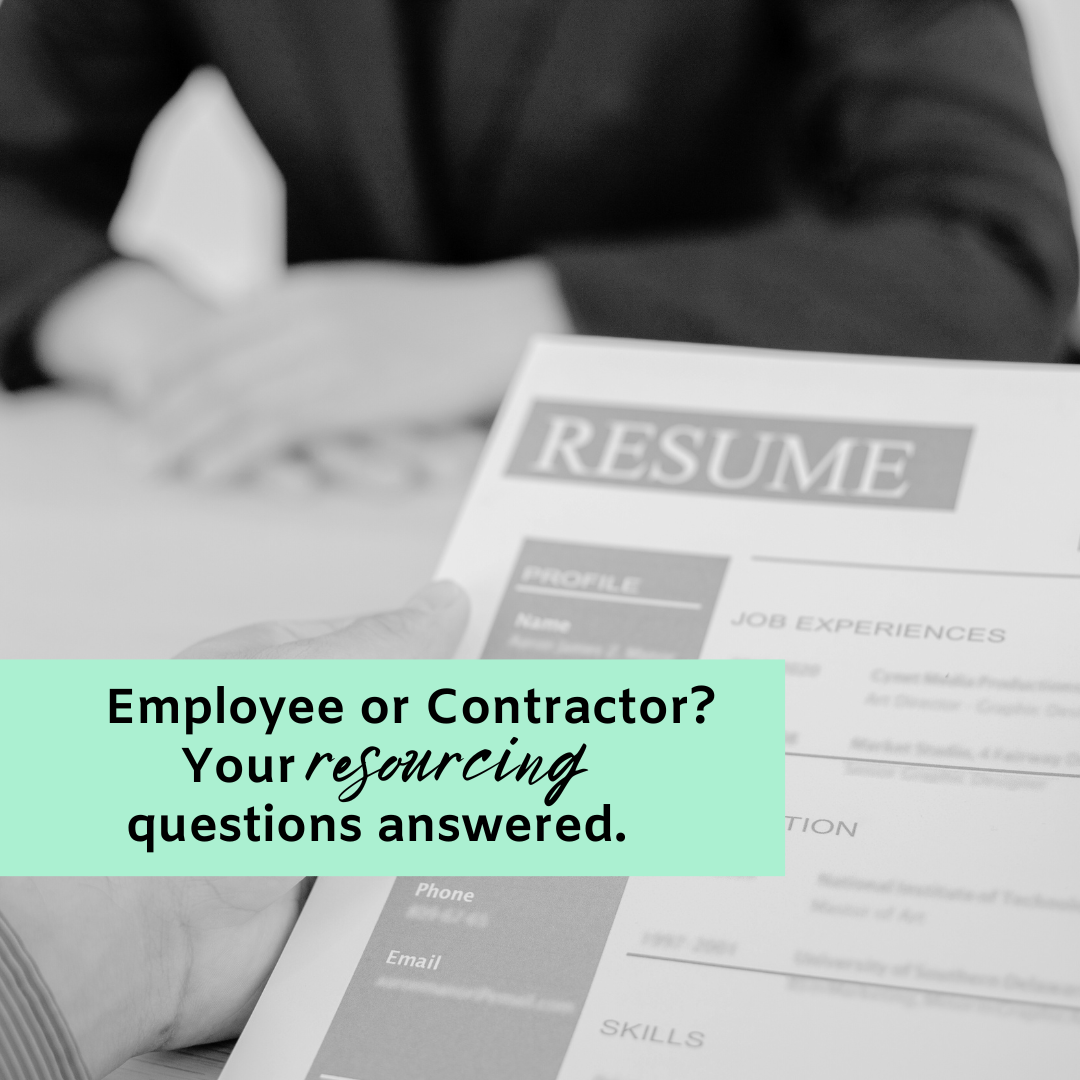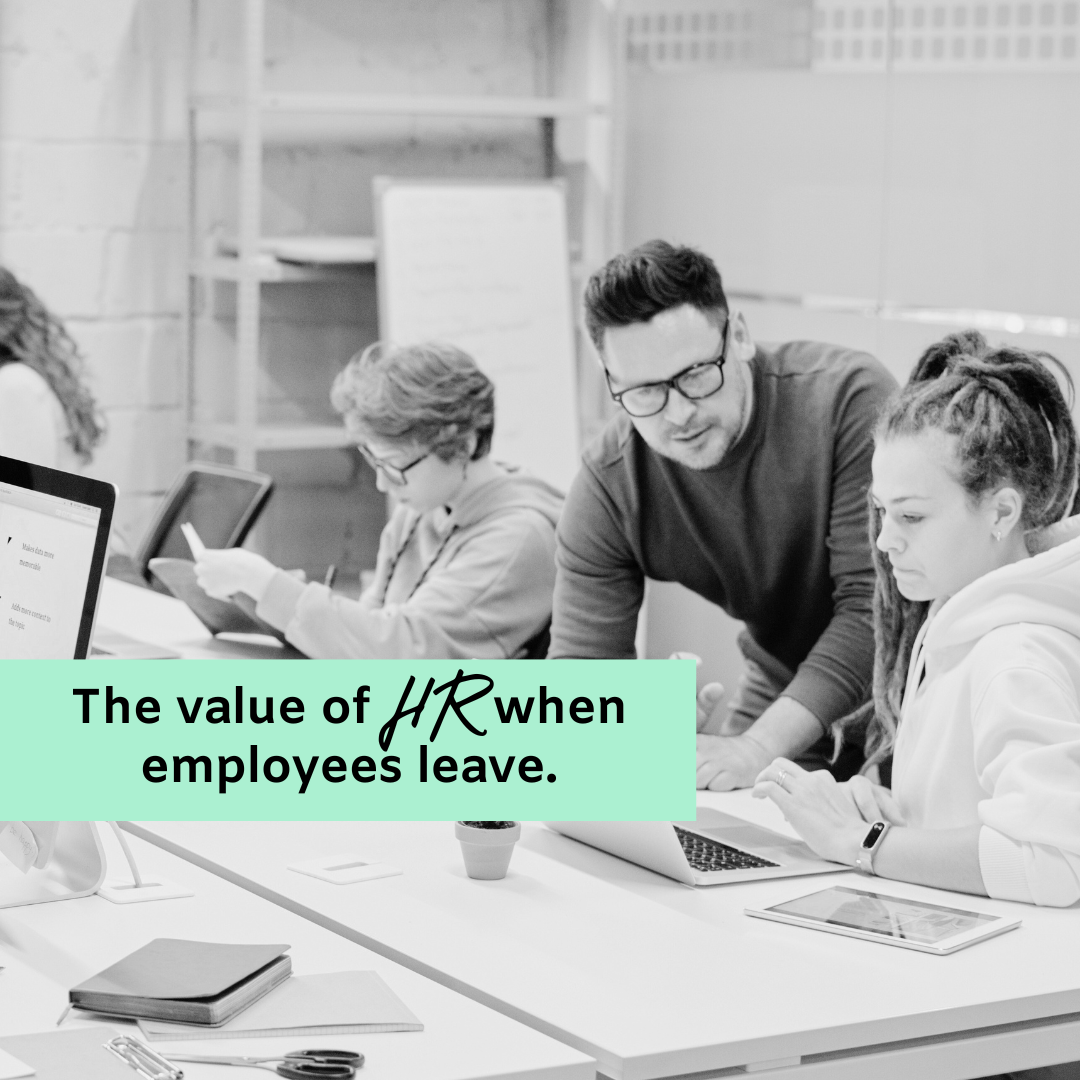Every business needs the right Human Resources systems in place to support their day to day operations. In our blog, we will share:
- The role and importance of a Human Resources system, and
- Our top tips for crafting Human Resources Systems that are tailored to meet the needs and culture of your business.
In the ever-changing space of small business, the importance of robust Human Resources systems cannot be overstated.
Firstly, let me explain what an HR System is.
What is an HR System?
An HR system, short for Human Resources system, is what businesses use to effectively handle all matters related to their employees throughout their employment lifecycle. It can also be referred to as an HR Framework, HR Structure or HR Practices.
It comprises one or a combination of tools including a human resources strategy, policies, procedures, guidelines, employee handbook, software and/or reports.
Now let me explain the importance of such a system, particularly tailored for small businesses.
What are the elements of a HR System?
Let’s explore the elements that comprise a comprehensive HR system tailored for small businesses:
- Human Resources Strategy: A strategic HR plan aligns human resources objectives with overall business goals, outlining priorities, initiatives, and resource allocation to drive business success.
- Policies and Procedures: Clear and concise HR policies and procedures provide guidelines for employee behaviour, performance expectations, and workplace environment. These documents should be regularly reviewed and updated to reflect changes in legislation and business needs.
- Employee Handbook: An employee handbook serves as a comprehensive guide to business policies, benefits, and expectations, providing clarity and consistency for all employees. A business may choose to have an employee handbook and then a few stand alone policies and procedures for greater clarification around a certain topic.
- Guidelines: Supporting information which is outlined in company policies and procedures or employee handbook and assist employees and people leaders to navigate the specific skills and knowledge required to perform a task. Ie. Best practice interviewing techniques or handling difficult situations and conversations.
- HR Software and Reporting: Leveraging technology solutions such as HRIS (Human Resources Information Systems) streamlines administrative tasks, facilitates data management, and generates insightful reports for informed decision-making.
So why is a HR system so important? Let me explain.
The role and importance of a HR System
As businesses navigate through the day to day operations, establishing a robust HR system is not just a choice but a strategic decision to ensure smooth operations and mitigation of risks for employers and employees.
The power of having an HR System in place is:
- Creating Clarity by setting expectations for Employers and Employees.
- Ensuring Fairness and Consistency Through HR Systems.
- Navigating Legal Compliance.
Together these three points enable small businesses to position themselves as employers of choice whilst driving long-term growth and success.
Let’s explore each of these in more detail.
Creating Clarity: Setting Expectations for Employers and Employees:
Start by establishing transparent guidelines with documented policies and procedures.
Examples are:
- defining acceptable behaviour,
- performance standards, or
- detailing leave entitlements and eligibility.
These documents help ensure that employees understand what is expected of them and their manager. It also helps minimise misunderstandings and promote a more productive and cohesive work environment.
In addition, these documents act as a shield, safeguarding businesses from potential legal pitfalls and ensuring compliance with regulations. Whether it’s navigating employment legislation or addressing grievances, having a well-defined set of procedures in place can mean the difference between smooth sailing and hot water.
Ensuring Fairness and Consistency Through HR Systems
Fairness and consistency are essential components of any successful organisation.
HR policies and procedures are designed to promote these values by providing a standardized approach to various aspects of employment. From recruitment and selection to disciplinary actions and promotions, adhering to established protocols helps ensure that all employees are treated equitably and that decisions are made impartially and consistently across the board.
Navigating Legal Compliance with HR Systems
In addition to promoting fairness and consistency, the elements of an HR system play a crucial role in ensuring legal compliance.
By staying abreast of relevant laws and regulations and incorporating them into your documentation enables businesses to mitigate the risk of costly legal disputes and penalties. Ie. Legislation, Awards and National Employment standards.
It is necessary to tailor your HR system to your business and promote a positive workplace culture.
How do I successfully design a HR System?
The key to any business change is to include your employees in the decision. To assist with implementing a successful change, here are our six top tips to follow:
- Identify the Need and Scope
- Research and Prepare a Draft
- Obtain Feedback
- Communicate and Roll out
- Ongoing Reviews
Identify the Need and Scope of your HR System
The first step in developing a tailored HR system is to identify the specific need or issue that you are trying to address.
This may arise from changes in legislation, business objectives, or feedback from employees. Once the need is identified, determine the scope, identify the correct tool, consider which areas of the business will be affected and who will be responsible for its implementation.
Businesses can foster a more engaged workforce and a stronger sense of belonging among employees with a tailored HR system. It also allows businesses to address specific challenges and opportunities that may arise within their business or industry.
Research and Prepare a Draft
Conduct thorough research to gather information and best practices related to the topic. This may involve consulting industry standards, legal requirements, and existing policies from other businesses. Use this research to prepare a draft, ensuring that it is clear, concise, and aligned with the business. You might like to consider involving relevant stakeholders, such as HR professionals, legal experts, and department heads, in the drafting process to gain diverse perspectives.
Obtain Feedback
Before implementing the new tool, ensure you seek feedback from key stakeholders within the business. This may include managers, employees, customers or outsourced providers. Encourage open dialogue and address any concerns or suggestions raised during the feedback process.
Communication and Roll Out of your HR System
It is now time to communicate and roll out the new tool to the business. It can be helpful to launch the new tool in a face to face setting, where possible. This might be in a team meeting or through a dedicated training session if required to ensure that employees understand the requirements and how to comply with them. It can be helpful to keep a record of who attended.
Ongoing Review
Once HR tools are in place, it’s essential to periodically review and update them to ensure they remain relevant and effective within your business. By staying proactive and responsive, businesses can ensure that their human resources documentation continues to meet the evolving needs of the business.
This may involve gathering feedback from employees, monitoring compliance with the policy, and assessing its impact on business operations. Identify any areas for improvement or adjustment based on feedback and evolving business needs.
Protecting Your Business Interests Through Robust HR Systems
Every small business must prioritise effective HR management to effectively handle all matters related to their employees throughout their employment lifecycle.
A HR System is important to creating clarity by setting expectations for Employers and Employees, ensure fairness and consistency and navigate legal compliance.
A comprehensive HR system, encompassing human resources strategy, policies, procedures, guidelines, employee handbook, software and/or reports.
By investing in the development and implementation of such a system, small businesses can position themselves as employers of choice, driving long-term growth and success.
The information provided in this document is for your guidance only and is general in nature. It does not constitute as legal advice. It is the responsibility of the individual to seek legal advice where required.
…….
Sign up to Small Business Society and receive our newsletter each month plus other great resources to assist you on your Human Resources journey.
About Kate Tongue
Kate Tongue is the founding Director of Small Business Society.
She is a qualified and experienced Human Resources professional with more than 10 years of experience across the private and public sectors.
Her particular interest and experience is in managing the employee life cycle, delivering process improvements, and Human Resource strategy.
Are you looking for more information on the various stages of the employee life cycle?
Or Human Resources in general?
Wondering where to start?
Follow the links.
Blogs ~ Free Resources ~ Newsletter
Enhance your HR
Book a call ~ Online Course ~ Legislation Updates
Join our community
LinkedIn ~ Instagram ~ Facebook









